- Published on
MD-UAV
- Authors
- Name
- Vinamr Arya
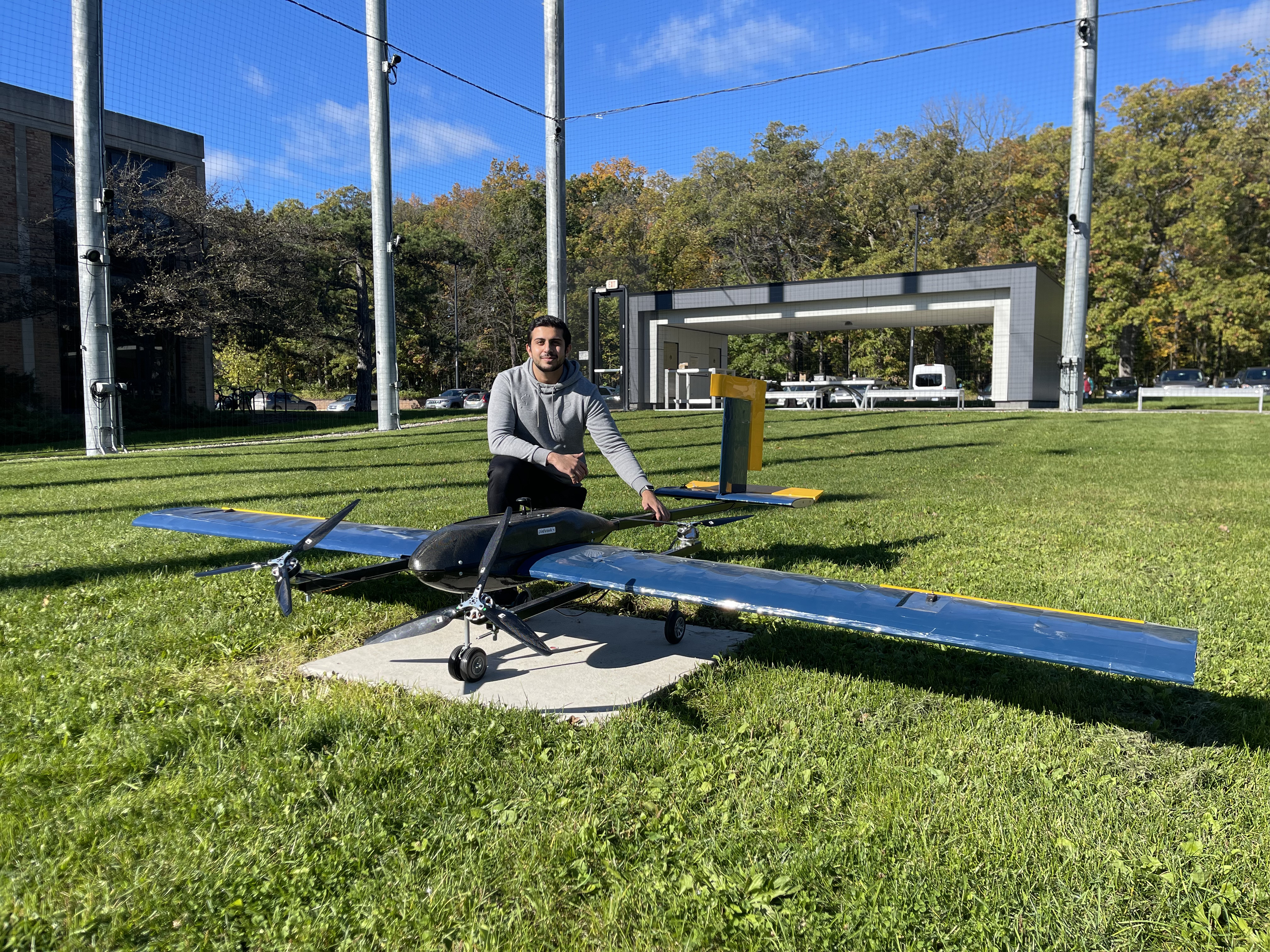
Introduction
In the summer of 2021, I took over as the lead for a research project called MD-UAV (Medical Unmanned Aerial Vehicle) at the University of Michigan's Aerospace Engineering Department. The project aims to deploy VTOL (Vertical Take-Off and Landing) aircraft in remote regions for the rapid delivery of medical supplies. The project is under the guidance of Professor Anthony Waas, and we are collaborating with BlueFlite, a drone manufacturer, and KNUST in Ghana.
Background
When I assumed leadership, the project was already midway through its development phase. The previous team had a design and had started building the aircraft. However, upon reviewing the CAD designs, I sensed that there were inefficiencies that needed to be addressed.
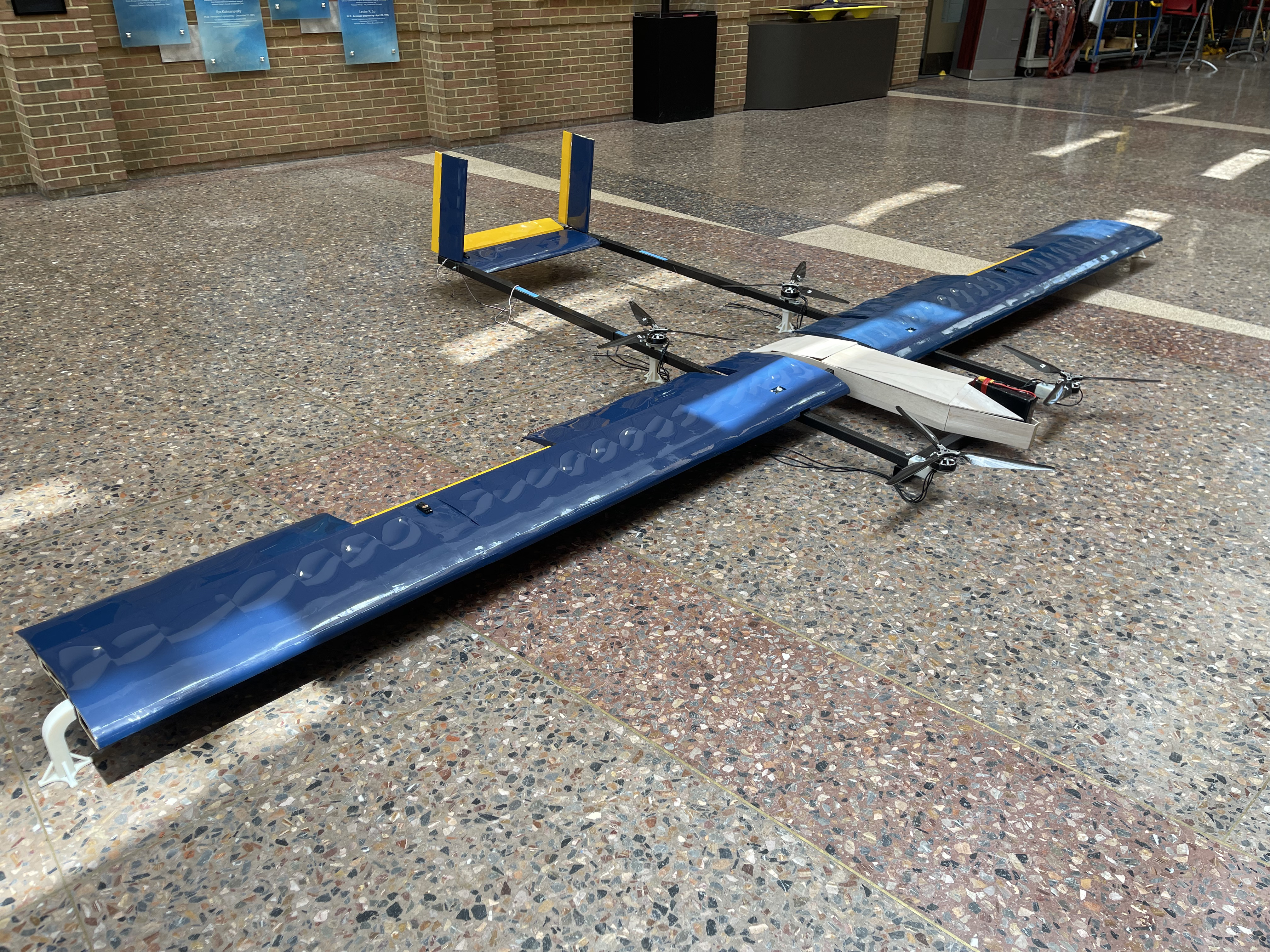

Design Reevaluation and Modifications
I brought my concerns to Professor Waas and initiated a comprehensive review of the existing design. My team and I double-checked the calculations made by the previous team. Through rigorous analysis and collaboration, we were able to significantly reduce the size of the aircraft while maintaining its core functionalities. This was a challenging task, considering we had to modify an already partially built aircraft.
Technical Specifications
- Maximum Takeoff Weight (MTOW): 45 lbs
- Estimated Range: 30 km
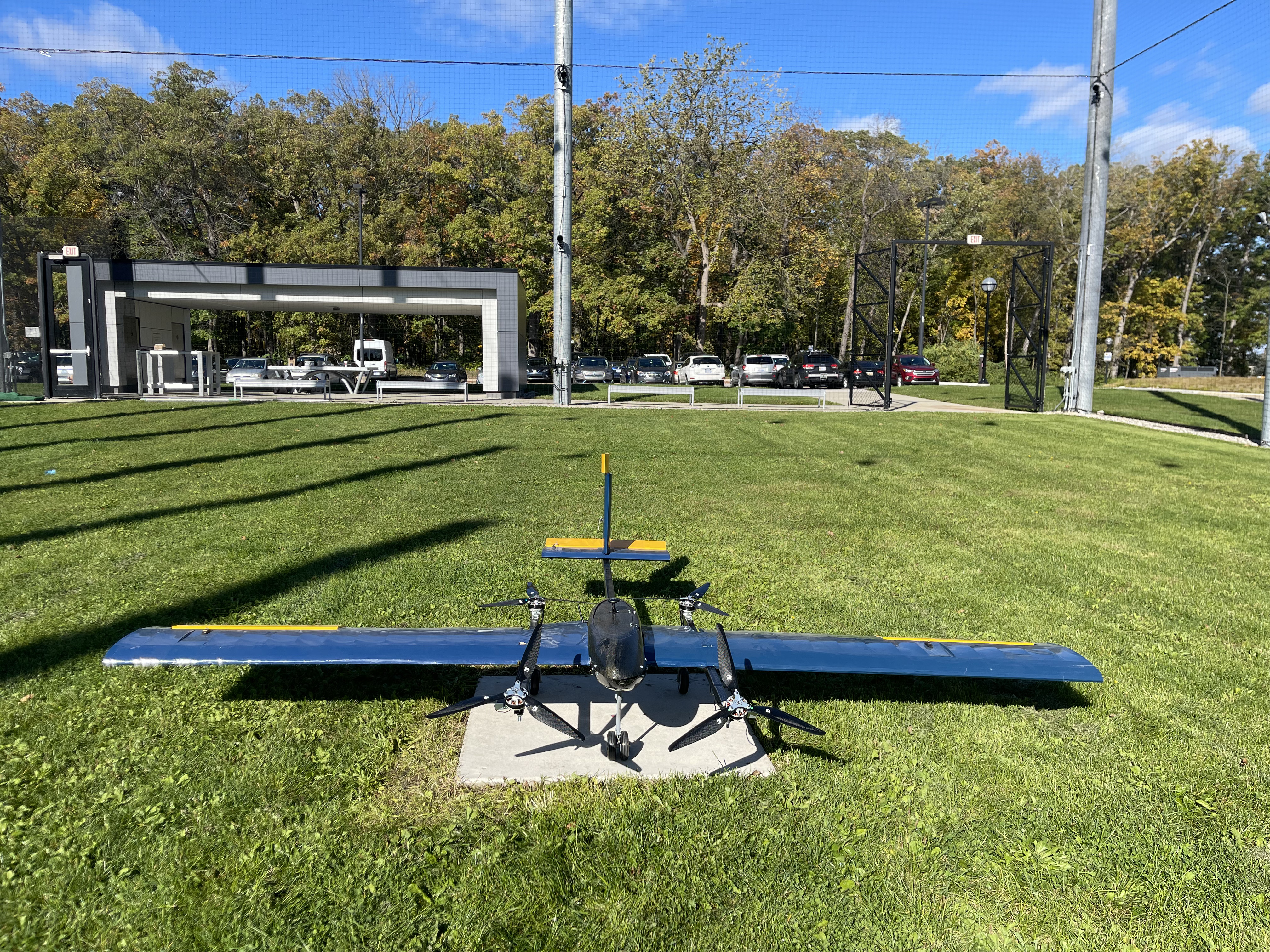
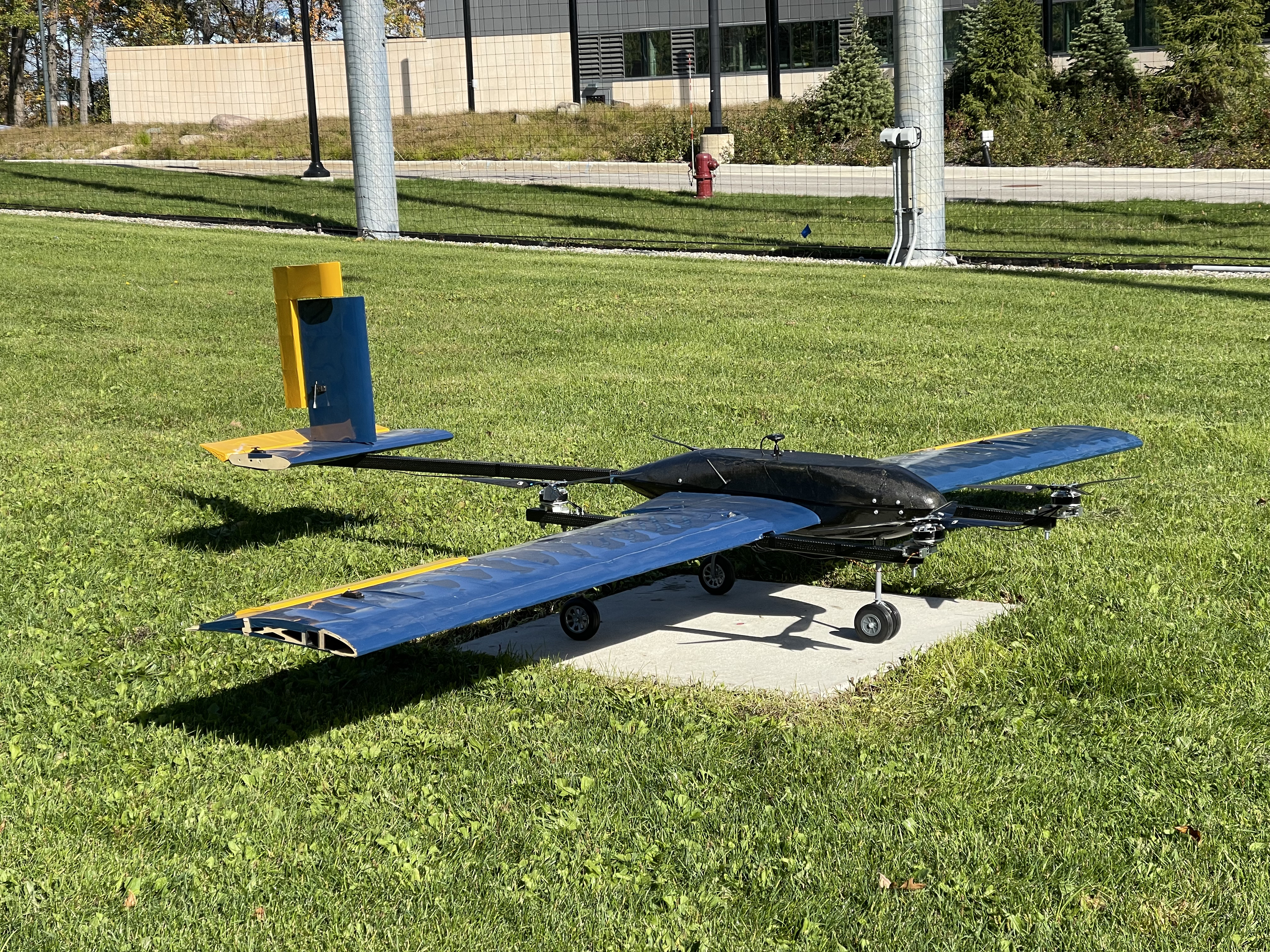
Testing and Tuning
We conducted static and dynamic thrust tests in the University of Michigan's 5x7 feet wind tunnel. Based on the test results, we decided to add a dedicated engine with a pusher propeller to enhance the aircraft's performance. The vertical flight tuning of the aircraft has also been successfully completed.
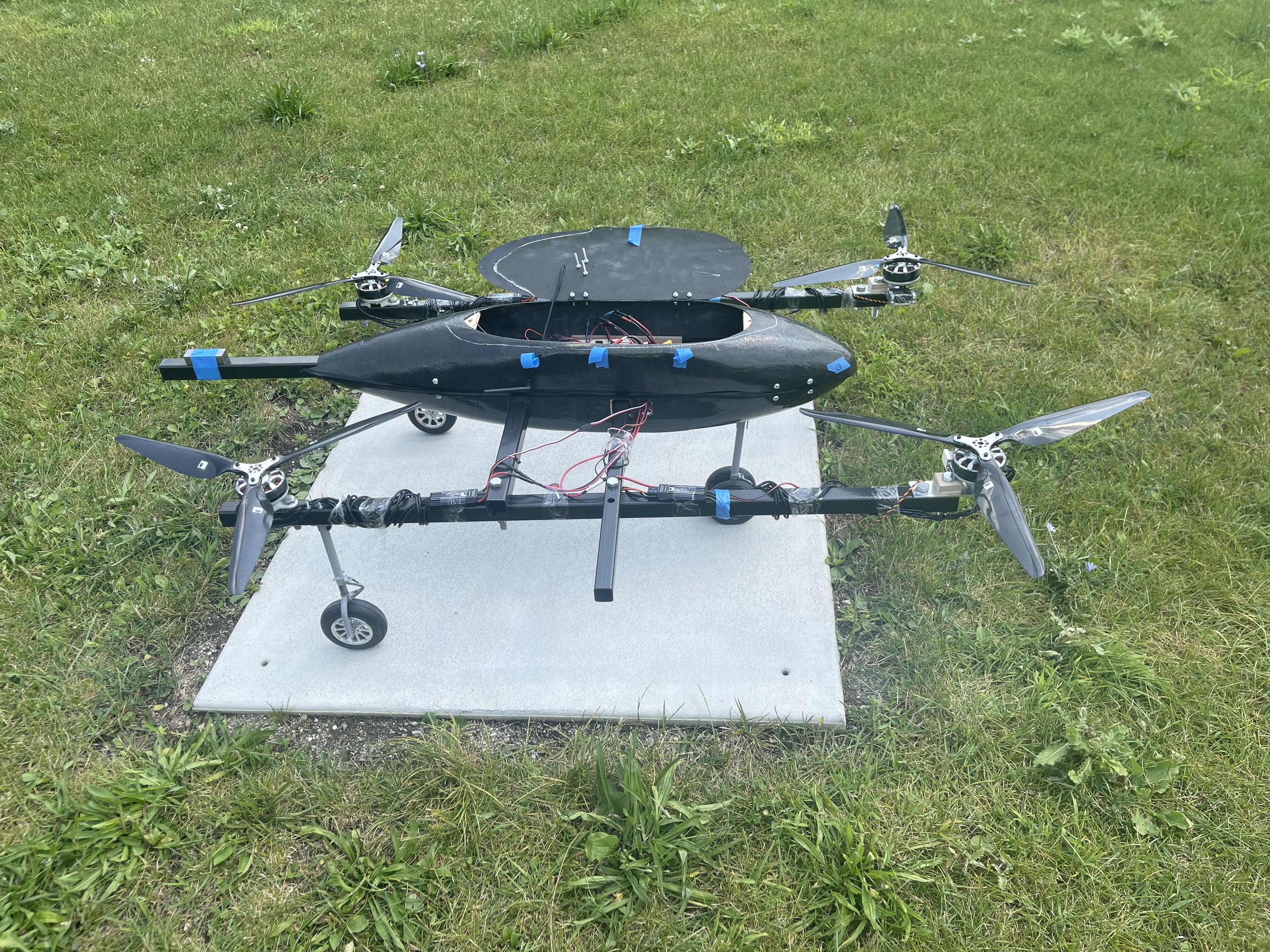
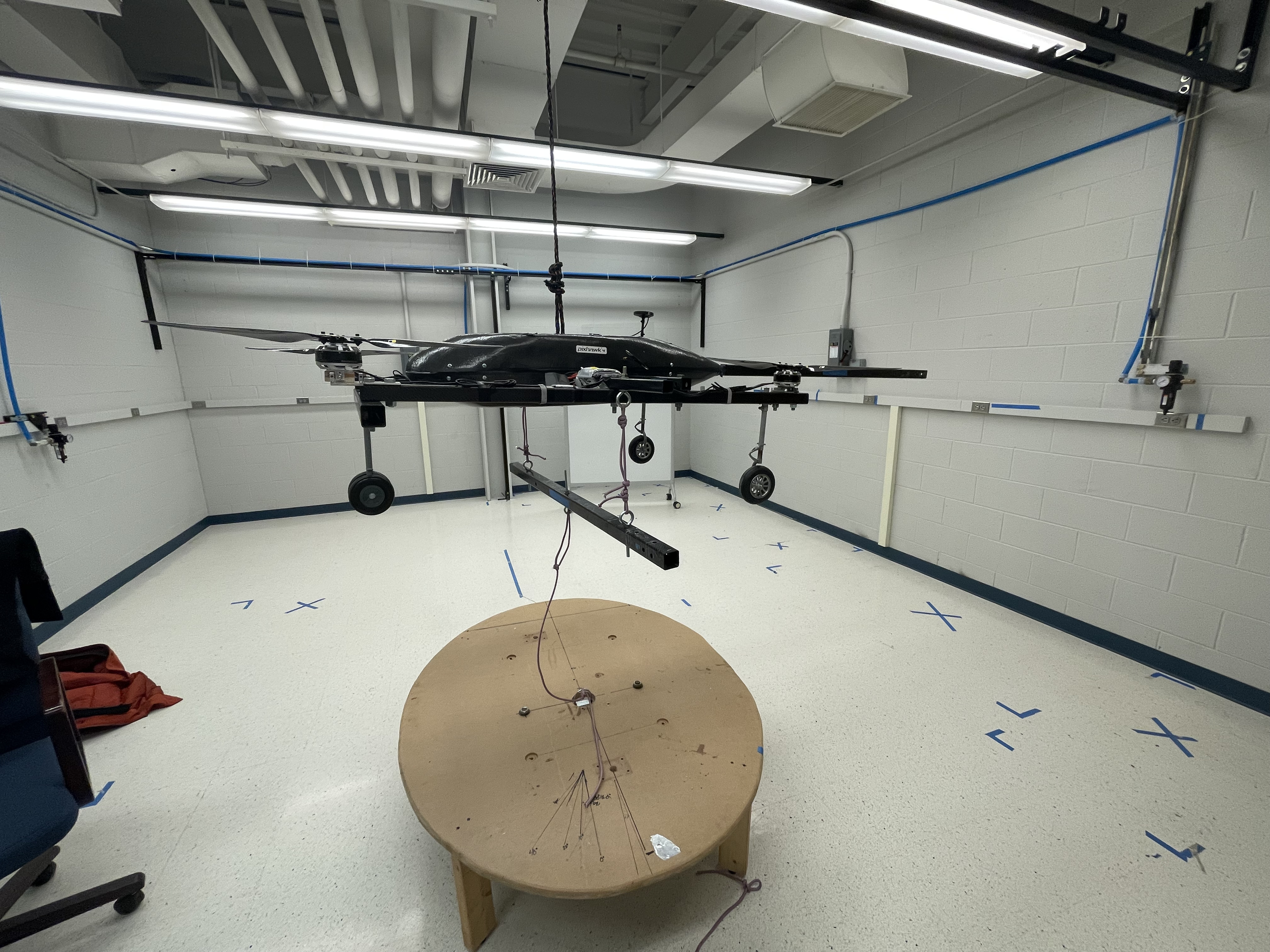
Collaboration and Future Goals
We are fortunate to collaborate with BlueFlite and KNUST, Ghana, which adds valuable perspectives and expertise to our project. The ultimate goal is to deploy these VTOL aircraft in remote regions to expedite the delivery of medical supplies, potentially saving lives.
Conclusion
The MDUAV project has been a journey of learning, innovation, and teamwork. We have successfully redesigned and tested an efficient VTOL aircraft capable of fulfilling its mission. As we move forward, we are excited about the potential impact this project could have on healthcare delivery in remote regions.